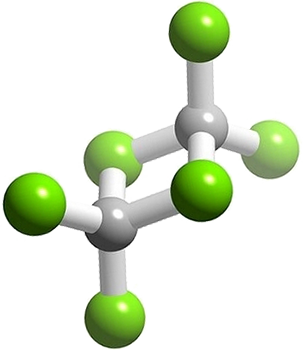
Nanotechnology offers possibilities that are very exciting and could be life-changing for patients. For example, nanotechnology could destroy cancer tumors without damaging the healthy tissue or organs. Also, it could offer early detection and elimination of cancer cells before they even become tumors.
Nanotechnology is mostly in the developmental stage. The Alliance for Nanotechnology in Cancer, created by the National Cancer Institute has brought together researchers to collaborate and create innovation to solve some of the obstacles in Nanotechnology Cancer applications. There are also many universities and large companies all over the world also involved in this area. It’s quite possible that these combined efforts could eliminate cancer and create vaccines to nearly vanish it like smallpox. Ambitious yes, yet quite possible though watching the methods and research.


X-ray therapy research has shown that possibly cancer cells can be destroyed by using nanoparticles called NBTXR3. When activated by X-rays, the NBTXR3 nanoparticles generate electrons which cause the destruction of the cancer cells they have attached to. This method could be used to replace radiation therapy with much less damage to healthy tissue (preclinical results released by Nanobiotix).
These examples show just a snowflake for the possibilities of nanotechnology. Nanoscale objects typically with dimensions smaller than 100 nanometers, can used alone or in combinations together creating larger nanoscale objects. Nanotechnology is exciting in the treatment of cancer but is also being experimented in almost every field imaginable. The fields that could impact biomedicine include: electronics, biosciences, magnetics, optics, information technology, and even materials development. Nanotechnology is very exciting and the possibility of defeating cancer and other diseases could be just on the horizon.
The information provided is for general interest only and should not be misconstrued as a diagnosis, prognosis or treatment recommendation. This information does not in any way constitute the practice of medicine, or any other health care profession. Readers are directed to consult their health care provider regarding their specific health situation. Marque Medical is not liable for any action taken by a reader based upon this information.
